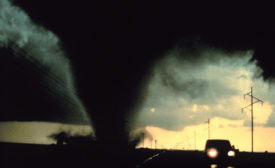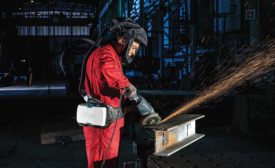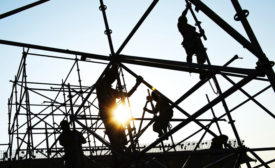News
Feds to issue final rule on working place examinations in metal, nonmetal mines
Will cover nearly 250K miners in U.S.
January 20, 2017
Never miss the latest news and trends driving the safety industry
eNewsletter | Website | eMagazine
JOIN TODAYCopyright ©2024. All Rights Reserved BNP Media.
Design, CMS, Hosting & Web Development :: ePublishing









